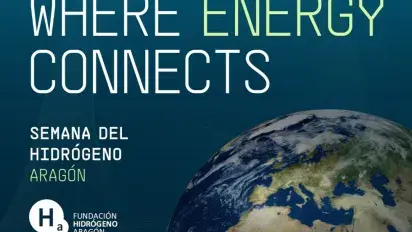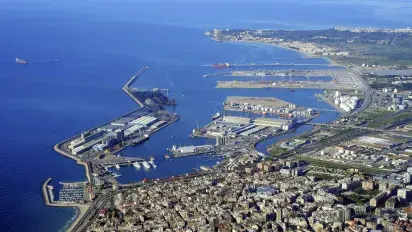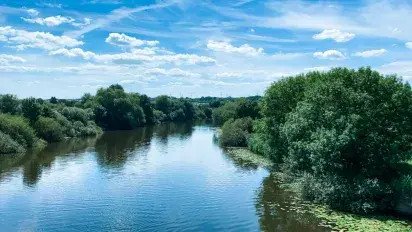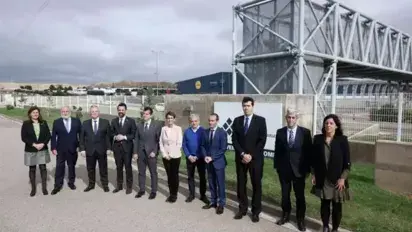
Ebro Hydrogen Corridor
To lead the deployment of the renewable hydrogen value chain in Southern Europe
Commitment to
decarbonisation,
transition and development
Key
indicators
How does the Ebro Hydrogen Corridor add value
Geographical features
As an ecosystem, the EH2C will take on a size and relevance equivalent to the great European hydrogen valleys, and is the most important corridor on a national level.
It borders with France and Andorra, forming the backbone of the renewable H2 value chain between Europe and the Iberian peninsula.
It connects the two backbones of the major EU transport (TEN-T) and energy (TEN-E) infrastructure projects (Atlantic and Mediterranean).
Access to the Bay of Biscay (Atlantic coast) and to the Mediterranean Sea.
3 industrial ports: Bilbao, Barcelona and Tarragona.
Major industrial hubs near the ports.
It embraces several large cities with a demand for new power solutions for mobility and domestic use.
Industrial features
To be leaders in Southern Europe in the deployment of the hydrogen economy and to be part of the European value and industrial chain.
A major logistics hub that connects the Iberian peninsula with Europe.
Two large-scale hydrogen consumers and one of the largest petrochemical complexes in Spain.
One of the largest petrochemical complexes in Spain.
Three of Spain's most important industrial regions form part of the EH2C.
A high renewable energy generation capacity (both wind and solar).
Well established in the renewable energy sector, with the presence of large multinational wind power companies.
Technological features
Development of technological capacities and local industry.
This is the only way to turn a challenge, the energy transition, into an opportunity for the economic and social development of the region.
Institutional features
A groundbreaking project of public-private collaboration across regions and sectors, with the common goal of decarbonising the economy and developing the economic and social fabric of the region.
The different public administrative bodies of the regions are firmly committed to promoting the decarbonisation of the economy using renewable hydrogen.
The development of hydrogen is one of the cornerstones of the strategy for economic recovery of the regions of the EH2C.
The different administrative bodies are committed to reducing inequality and ensuring the active and equal participation of women in the energy transition.
The willingness to collaborate across regions and sectors to address and ensure the coordinated development of renewable hydrogen, with actions across the entire value chain.
The commitment of the regions to sustainable development.

The regions of the EH2C are part of the Pyrenees Working Community, and are unreservedly committed to cross-European collaboration and to the programmes of the EU (Clean Hydrogen Alliance, Hydrogen Europe, etc.)
Objectives of the Ebro Hydrogen Corridor
To lead the deployment of the renewable hydrogen value chain in Southern Europe, generating sustainable value in the form of environmental, social and economic benefits. To become part of the European value and industrial chain.
Taking forward and developing a groundbreaking public-private and inter-regional and multi-sectoral project, with the common goal of decarbonising the economy and developing the economic and social fabric of the region, tapping into existing synergies and complementarities to decarbonise the economy and transport.
Developing local technological and industrial capacities. This is the only way to turn a challenge, the energy transition, into an opportunity for the economic and social development of the region.
Projects along the entire renewable hydrogen value chain. Only by developing ecosystems that enhance the entire value chain will progress be made in developing the hydrogen economy.
Real potential to become an exporter of this energy carrier to Europe, given the production capacity and geographical location of the region.
As an ecosystem, the Ebro Hydrogen Corridor will take on a size and relevance equivalent to the great European hydrogen valleys, and is the most important corridor on a national level.






















